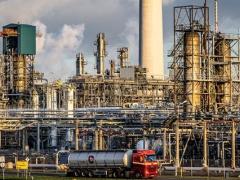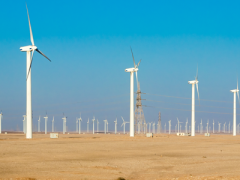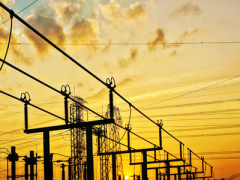Understanding the contribution of non-carbon dioxide gases in deep mitigation scenarios
In 2010, the combined emissions of methane (CH4), nitrous oxide (N2O) and the fluorinated gasses (F-gas) accounted for 20–30% of Kyoto emissions and about 30% of radiative forcing. Current scenario studies conclude that in order to reach deep climate targets (radiative forcing of 2.8 W/m2) in 2100, carbon dioxide (CO2) emissions will need to be reduced to zero or negative. However, studies indicated that non-CO2 emissions seem to be have less mitigation potential. To support effective climate policy strategies, an in-depth assessment was made of non-CO2 greenhouse gas emission and their sources in achieving an ambitious climate target.
Emission scenarios were assessed that had been produced by six integrated assessments models, which contributed to the scenario database for the fifth IPCC report. All model scenarios reduced emissions from energy-related sectors, largely resulting from structural changes and end-of-pipe abatement technologies. However, emission reductions were much less in the agricultural sectors. Furthermore, there were considerable differences in abatement potential between the model scenarios, and most notably in the agricultural sectors.
The paper shows that better exploration of long-term abatement potential of non-CO2 emissions is critical for the feasibility of deep climate targets.
Open Access
Authors
Specifications
- Publication title
- Understanding the contribution of non-carbon dioxide gases in deep mitigation scenarios
- Publication date
- 11 June 2015
- Publication type
- Publicatie
- Magazine
- Global Environmental Change
- Product number
- 1818




